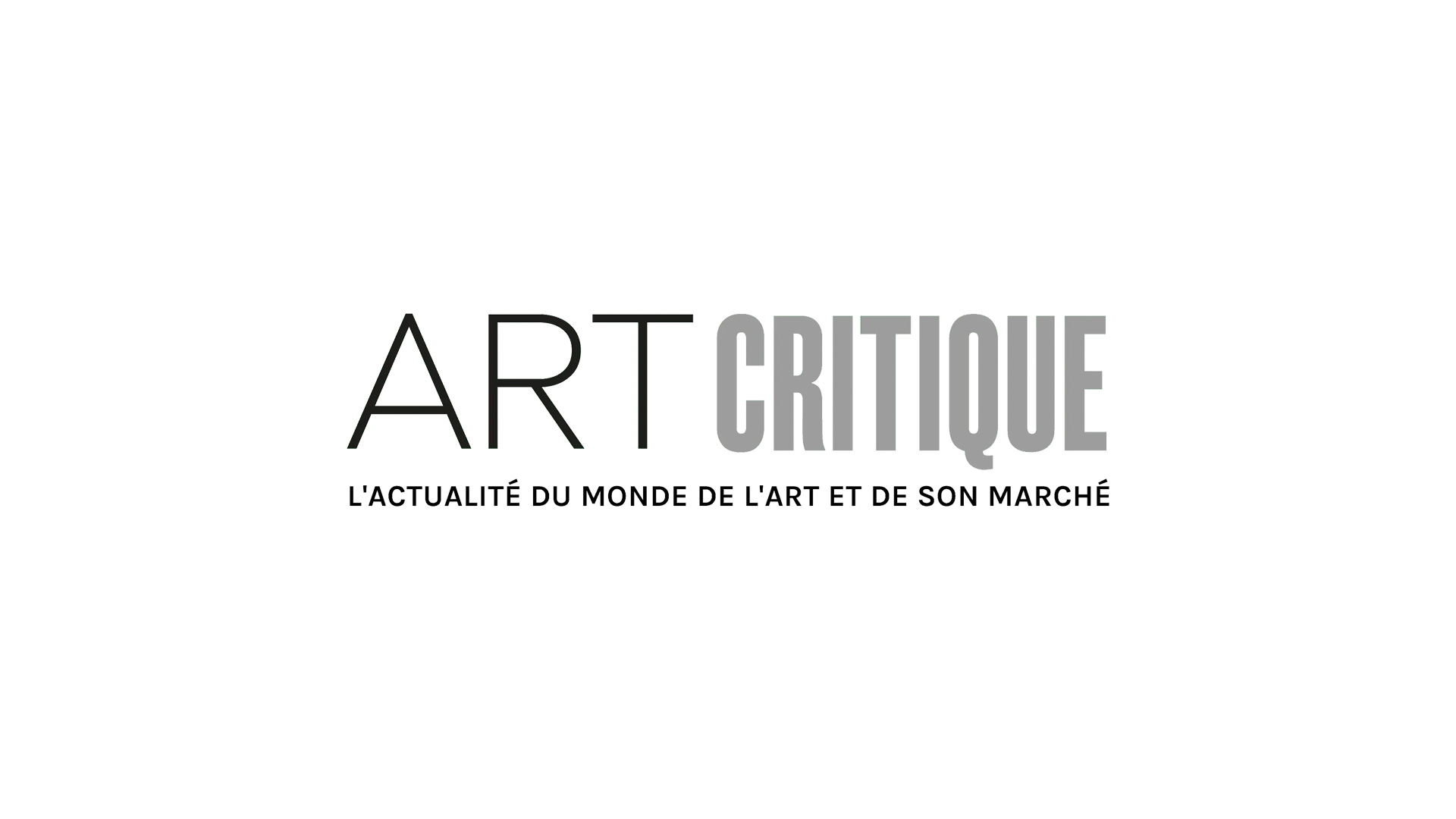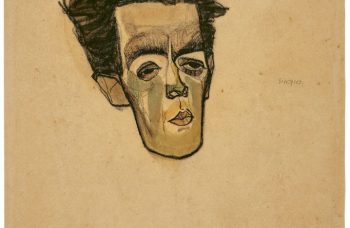The repatriation of artworks is an on-going hot topic in the art world that spans multiple countries and museums. The topic could not be more complicated as nations and institutions fight to keep and take back artworks. For instance, Benin recently announced plans for a new Royal Museum. They’ve since struck a deal with the British Museum that results in the temporary repatriation of artworks looted by English troops during the 1800s.
This, though, is only one example of the tangled web that restitution becomes.In November, two huge steps were made by museums and authorities in the process of returning artworks and artefacts to Rapa Nui (the native name for Easter Island and is now part of Chile) and Africa were announced.
London
The British Museum holds an awe-inspiring number of artefacts which have become part of its stores in both legitimate and illegitimate ways. The institution is often the centre of controversy concerning repatriation. On November 20th, however, museum officials met with delegates from the south-eastern Pacific island of Rapa Nui to discuss the potential repatriation of certain artefacts – most famously, the iconic Easter Island head sculpture currently owned by the British Museum.

Known natively as a Moai, the head sculpture entered the museum’s collection 150 years ago. The sculpture is titled Hoa Hakananai’a, translating to ‘the stolen or hidden friend,’ was taken from Rapa Nui in 1868 by English Royal Navy captain Richard Powell. Powell then presented the head to Queen Victoria. This meeting becomes monumental as it is the first time since then that the museum has agreed to even discuss the return of the sculpture.
The November meeting is the product of a letter written in August by the people of Rapa Nui, with the help of the Chilean government, which requested the return of the sculpture. Though this meeting did not result in any definite answers, British Museum authorities have accepted an offer to continue talks of repatriation in Rapa Nui.
Paris
During a speech made in 2017 by French president Emmanuel Macron, he declared that restitution was a ‘priority.’ Macron also vowed to put actions into play over the next five years that would see the temporary and permanent repatriation of works wrongfully residing in France. Following this speech, Macron tasked French art historian Bénédicte Savoy and Senegalese academic writer Felwine Sarr with creating a report to advise forthcoming actions of repatriation.

Over the course of the year, Savoy and Sarr worked with 150 specialists to devise their recommendations. Their findings, which were released in full on November 23rd, call for the permanent restitution of property obtained through ‘morally reprehensible act[s] (theft, looting, despoilment, trickery, forced consent, etc.).’ Savoy and Sarr’s 180-page document has the potential to greatly alter and affect French and international institutions alike, though it is currently unclear how the suggestions will be handled.
November’s developments in no way scratch the surface in the debate of repatriation. However, it is hopeful that such talks are the sign of a shift in how the debate will continue.





